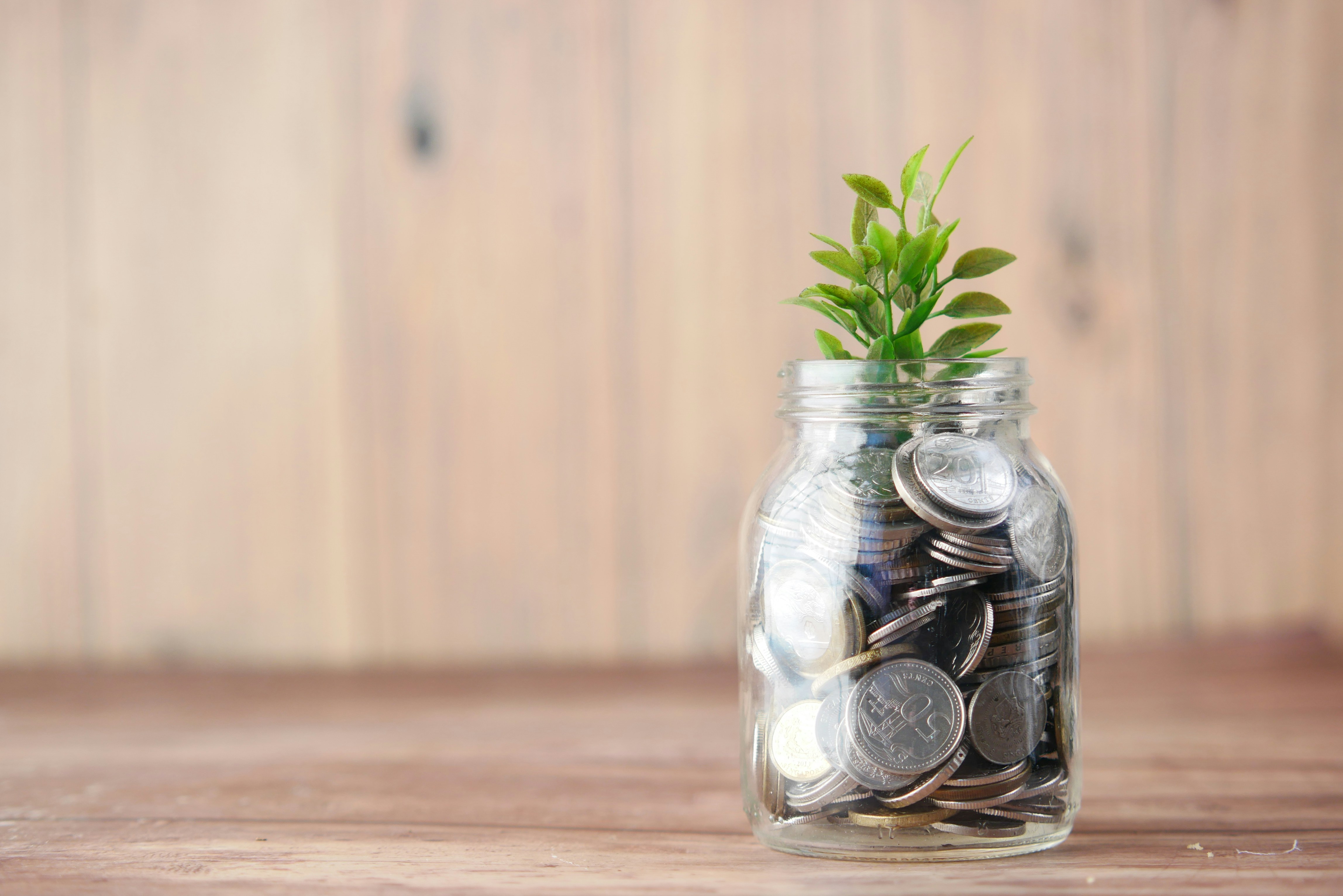Single-Family Housing
With the housing crisis and rising environmental concerns at the forefront of many Americans' minds, tiny homes are becoming more and more popular. In fact, the tiny home market is expected to grow in the coming years.
More than half of Americans are open to living in a tiny house. The millennial generation, aged 22 – 40, was most in favor, with 63% saying they would live in a smaller home. Next was Gen X, aged 39 – 54, with 53% of them saying they would be open to living a simpler life in a tiny home. The 53 – 75-year-old boomers are less enthusiastic, as only 43% of them were open to a smaller home. Lastly, only 29% of seniors were interested in the idea.
Today, tiny homes are seen as a rapidly expanding market trend in real estate and property management. If you're a landlord, manager, or employee in the real estate industry, you may be considering tiny house rentals to be a promising investment. However, are tiny homes worth it? This article will discuss potential tiny home profit and outline the advantages and disadvantages of renting a tiny house so you can decide whether they’re the right investment for you.
What Is a Tiny House?
As implied by the name, tiny houses are tiny in comparison to average single-family homes in the United States. The average size of a single-family home in the United States has been steadily growing since 2000. The average home size peaked in 2015 at 2,467 square feet before declining to 2,261 square feet by 2020.
Tiny houses, on the other hand, range in size from 100 to 400 square feet and support a minimalistic way of living. They’re becoming increasingly popular across the nation.
The Pros of a Tiny House
Flexible Structures
Unlike the typical rental home, tiny homes can be built in a wide array of ways. There are various kinds of tiny homes, and each kind is special to someone. Here are the most common types of tiny homes:
- A house built on a foundation
- A house built on wheels
- Tumbleweed Tiny houses
- Granny pods
- Small mobile homes
- Tiny house sheds
- Tiny home cabins
- Micro apartments
- … And many more!
Easier and Cheaper to Build
Building tiny homes is very simple and inexpensive. Due to their modest sizes, they’re less expensive to decorate, making it easier to afford high-end furnishings and hardware. Smart technology integration is also far less expensive for tiny homes than larger properties as they require less equipment.
Simple to Maintain
Because of their size, tiny homes are simple to maintain. Renters, property owners, and managers will have less maintenance and repairs to worry about if there is less area to maintain and repair in the first place, after all.
Energy-Efficient
Electricity, gas, water, and trash disposal bills are all significantly reduced when renting a tiny home. Because a tiny house can be entirely heated and powered by a modest solar panel array, it’s much simpler to live off the grid. Even composting toilets, which decompose waste without requiring a connection to a sewage system, are common in tiny homes.
Eco-Friendly
Today, a large number of consumers prioritize eco-friendly solutions. Renting a tiny home is a great choice for anyone interested in sustainable living and vacationing. Many tiny homes are built off-the-grid and are environmentally friendly, so they can have very little to no environmental impact. Smaller areas are cheaper to heat and cool, and they require less energy and gas to operate. Many small home builders also include energy-saving features, like solar panels, washers, and dryers that can function as two separate appliances in one.
More Flexible and Mobile
You can put your tiny house wherever you want and move it around as often as you'd like if it's on wheels like a trailer. Even better, you can mention on your listing that renters can pick from a variety of venues. You can construct your tiny house rental property around your home if you want it to be close by. If you're extremely inventive, you could even create a treehouse tiny house that you rent out! The increased flexibility of tiny homes opens doors for lots of creativity.
The Cons of a Tiny House
They Have Less Storage and Room for Living
Tiny houses are, well, tiny, so they will have a smaller living area. Although you can accurately describe the size and living space of a tiny house in your advertisements, many tenants, particularly those who have never lived in a tiny house, find it difficult to adapt to the small living area and the lack of storage space, and may decide to break their lease.
They Have Height Limitations
In a tiny house, it's also important to take into account a person's height. While many tiny homes have loft-like designs with high ceilings to give the space a roomier atmosphere, common tiny homes have height restrictions. For someone six feet or taller, it can be difficult to exist in a tiny home without hitting their head or constantly ducking. This will make it impossible for taller people to rent your property, limiting your pool of potential tenants.
They Aren't Legal in Every State
Tiny house regulations vary between cities, towns, villages, and municipalities. Tiny houses are sometimes seen as attractive community additions because of their sustainability, but in other areas, they might be viewed as a gimmick at best and a nuisance or safety risk at worst.
They Have an Uncertain Market
Even though they are growing in popularity, there is still no clear target market for tiny homes. While many people are interested in living a minimalist lifestyle, many others don’t like tiny homes as a solution, making marketing difficult.
Are Tiny Homes Worth the Investment?
The price to rent a tiny house is heavily influenced by its location, just like any other form of housing. Renters typically shell out between $50 and $200 per night for a short stay in a tiny house. The general layout of the home, the quality of the finishings, and other features all affect how much a tiny house rental will cost. This means that a tiny home can be rented for between $800 and $1000+ per month.
If you handle your tiny house rental property effectively, it will be worthwhile. Because tiny homes are inexpensive and easy to build and maintain, you can purchase or build more than one of them to increase your revenue.
If you’ve decided to pursue tiny house rentals, you need to use dependable property management software to manage your property properly and ensure that your tenants are safe and happy in their homes. ExactEstate is a top provider of real estate property management software that enables landlords, managers, and real estate workers to manage their properties more successfully, increasing tenant satisfaction and reducing the risk of broken leases.
ExactEstate provides customizable property management solutions that simplify your day-to-day operations so you can concentrate on expanding your company and boosting your revenue. We can help with important tasks like:
- Maintenance, facilities and work orders
- Online leasing
- Accounting
- Detailed reporting
- Marketing
- Tenant screening
- Staff training
- Support and security
- … And more!
Get in touch with us and set up a demo to learn more about the best platform for managing your properties, whether they’re big or small.










